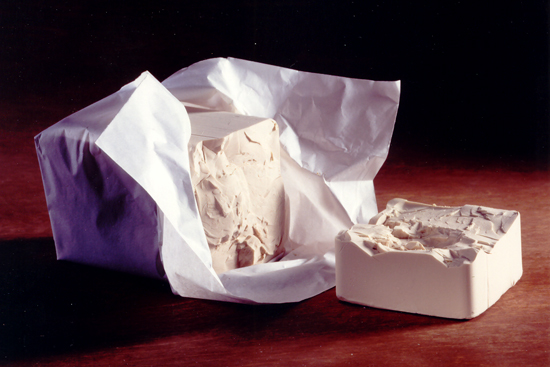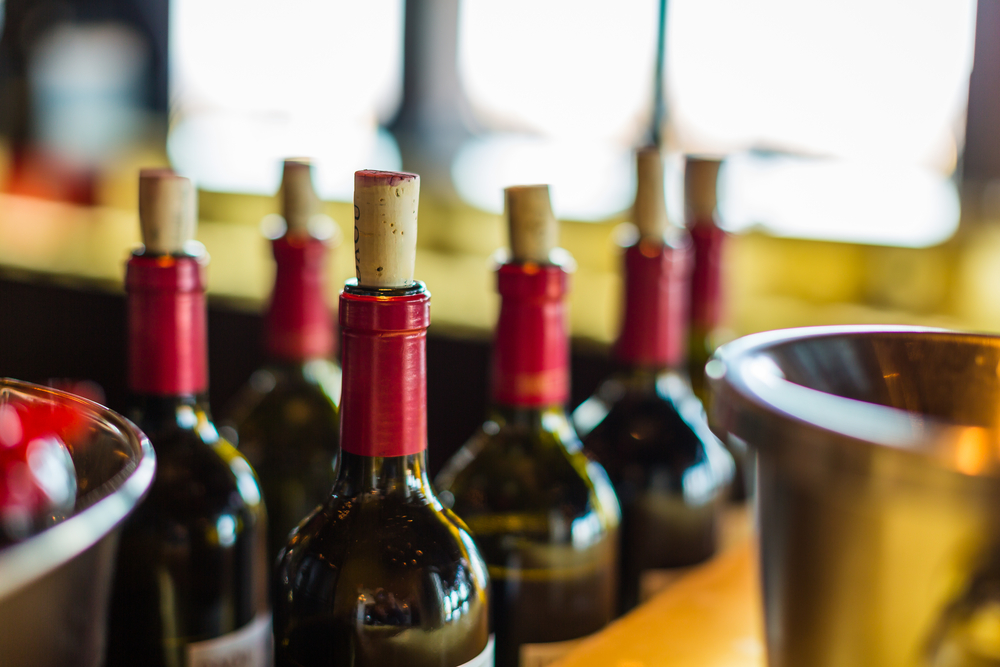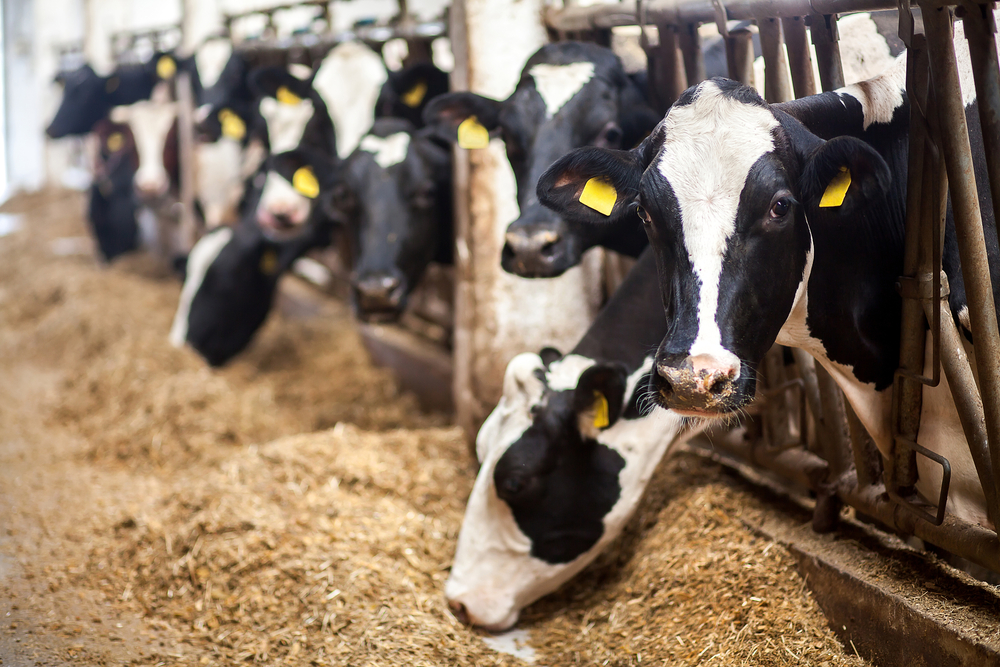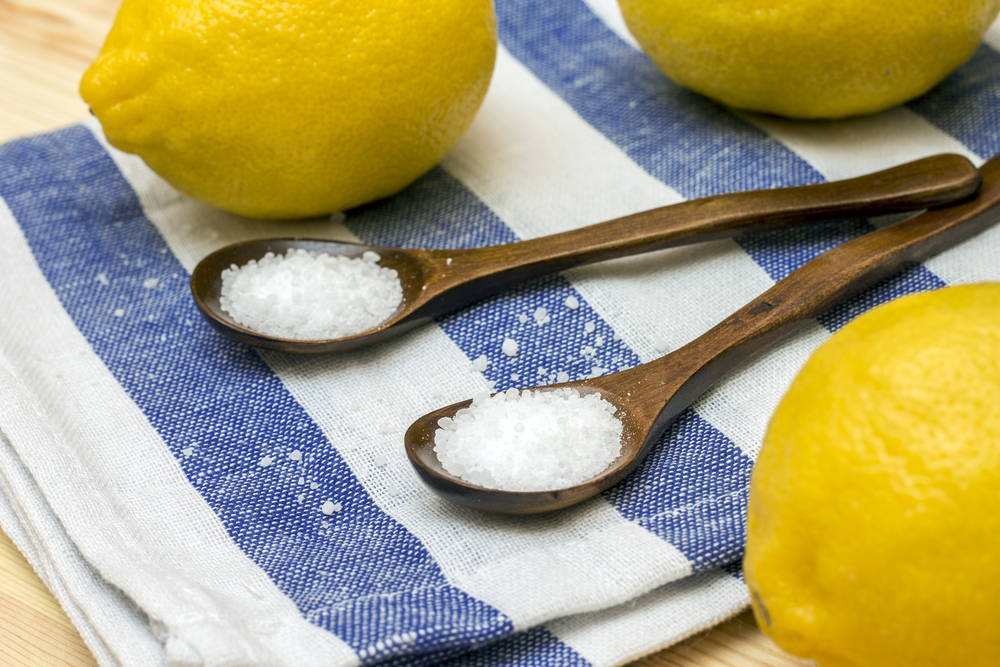How is molasses produced?
In Europe, sugar beets are harvested in autumn and are then transported to the sugar factory. Sugar beet is washed and sliced. The juice is then extracted from the cells of the sugar beet.
Such juice, containing a high percentage of water and minerals, is evaporated and boiled so that it is concentrated in a thick juice containing a high percentage of sugar.
It is at this stage that molasses production occurs: through centrifugation, sugar crystals – which will be then further refined into white sugar (commonly used for food) – are separated from molasses, a dark syrup containing around 50% of sugar and other minerals.
Find out Sugar Production & it’s co-products here
Where is molasses used?
As a food and feed material, molasses has been traditionally used for the production of
bread, yeast, biscuits, brown sugar, confectionery, chocolate, citric acid, vitamins as well as animal feed.
Traditional regional specialties – such as cassonade and speculoos – would not be possible without molasses.
The main applications of molasses in the food and feed industry are:

Yeast
Animal nutrition

Confectionery
Citric acid
A natural antioxidant used to preserve
the taste and appearance of food and beverages.

Isn’t there enough molasses for food, feed and biofuels in the EU?
No. The EU already has to import more than 1.5 million tonnes of molasses a year. In 2017, imports are estimated to reach a record of almost 2 million tonnes.
According to FAO/OECD estimates, the structural deficit in supply of molasses will continue in the coming years: the EU will continue to import on average around 1.5 million tonnes of molasses between 2018 and 2026.
This situation results in a significantly higher average EU price of molasses compared to the world price. The EU policy to promote molasses for biofuels through mandatory blending targets would only aggravate this structural deficit.
The production of molasses at the global level is barely keeping up with an increased demand as well. This results in an upward pressure on global molasses price which, in any case, will remain significantly lower than the EU average molasses price in the period between 2017 and 2026.
(Data: OECD-FAO Agricultural Outlook 2017-2026)


